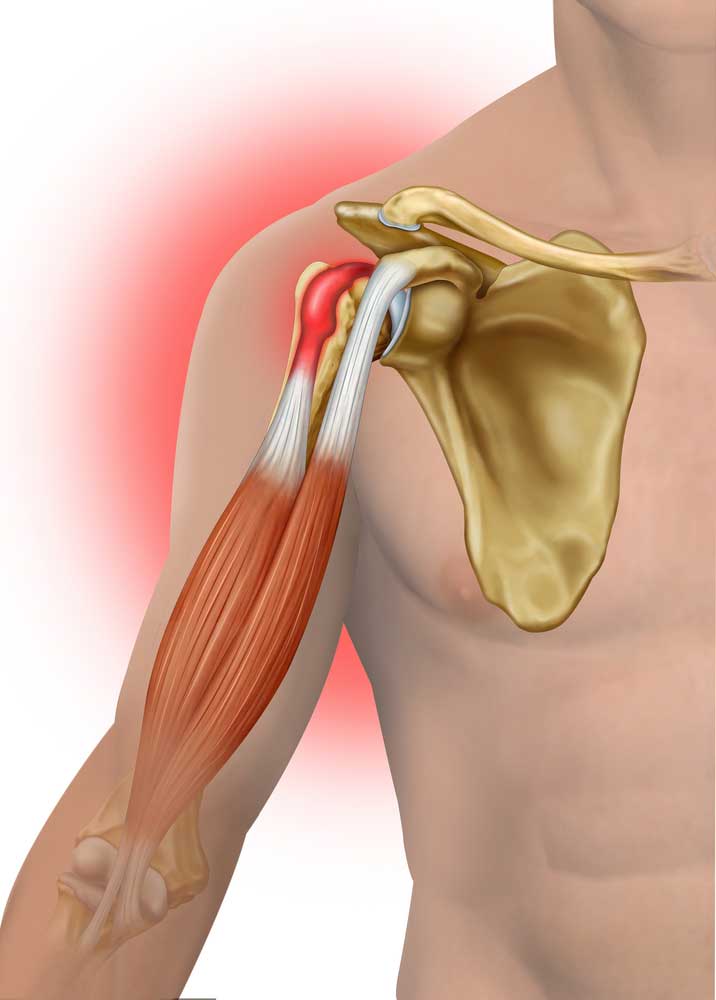Sam Montgomery was born in October 1999, but it was not until March 2015 that the Supreme Court issued its decision in the case brought against Lanarkshire Health Board. The case had been brought on Sam’s behalf by his mother Nadine.
Nadine is a Type 1 diabetic and she is small (1.55m tall). It was well recognised at the time that mothers who are diabetic have a tendency to have larger than average babies. Nadine was at increased risk of mechanical problems in labour including shoulder dystocia. Shoulder dystocia occurs where the baby’s head is delivered but the shoulder is not. Shoulder dystocia has been described as one of the most frightening obstetric emergencies. Importantly, when shoulder dystocia does occur there is no reliable means of predicting which deliveries will be easily overcome and which ones will not. The clinician caring for Nadine was well aware of the risks of shoulder dystocia in this pregnancy.
During the pregnancy Sam’s growth was measured regularly and plotted on a growth chart. This was done at a combined diabetic/obstetric clinic. The reason for monitoring is to detect those babies who are large, to enable a decision to be made whether the baby can be safely delivered vaginally. Nadine became concerned as the pregnancy progressed that her baby was large and it was accepted that she did raise with her obstetrician whether the baby would be too big to be delivered vaginally. She was reassured. She had repeated ultrasound examinations but the last examination was cancelled because Nadine was becoming increasingly anxious about the size of the baby.

Guidance from the Royal College of Obstetricians at the time suggested that it was safe to deliver a baby up to 4.5kg. Dr McLellan revised this to 4kg in Nadine’s case as Nadine was smaller than average. She decided if the projected weight of the baby reached 4kg or over, she would have offered Nadine a caesarean section but below that weight she decided that it would be safe to proceed with vaginal delivery. In fact, Sam’s weight was not accurately predicted. The projected weight should have been 4.25kg and it was argued that in itself engaged the duty to offer caesarean section. There was never any discussion about risks of delivering Sam vaginally. During Sam’s delivery shoulder dystocia occurred and as a result Sam suffers from Erb’s palsy and cerebral palsy.
Sam’s case was initially heard by Lord Bannatyne in the Outer House of the Court of Session in 2010. At that time there was a case based on a failure to provide information to Nadine prior to delivery about the risks of mechanical problems in labour including shoulder dystocia, a failure to manage the labour appropriately and a case based on a failure to answer truthfully Nadine’s concerns that her baby was too big to be delivered safely. It was argued that had Nadine known of the risks given that she was a concerned first-time mother she would have opted for an elective caesarean section. The case failed on all grounds including on causation.
Nadine then took the case to the Appeal Court in Scotland and the case was heard by a bench of 3 judges. The case failed on all grounds of appeal and the decision was unanimous. The case was then taken to the Supreme Court in London and was heard by a bench of 7 eminent judges. Finally, in 2015 Nadine achieved the result she had hoped for and the decision was a unanimous one.

It must be remembered that Nadine was a young first-time mother when Sam was born, and she was someone who trusted the judgement of the medical profession. Over the years Nadine faced each set-back with courage and determination. She is remarkable in her ability to forgive and move forward, and Sam is a truly remarkable young man. I feel truly privileged to have been part of the legal team who took the case forward for both of them.
I have heard Nadine’s story many times and the case was a significant part of my life for many years but each time I heard Nadine tell their story it still has a significant effect on me. Her story is a powerful one and for that reason it’s a story that should be told and remembered. I am so grateful she has agreed to write this guest post for the blog.
I will always remember that Nadine wanted something positive to come out of Sam’s case. She did not want any person to have to go through what she had gone through. She and Sam live with the consequences of a decision made not by them but by a medical professional without consultation. Nadine did not make a decision to deliver her baby against the significant risk that shoulder dystocia could occur. The decision in Montgomery is widely discussed in medical and legal circles and there have been many different views on how the decision is to be interpreted. The controversy continues to rage even in 2020. The case has undoubtedly had far reaching consequences and there is new consent guidance issued by the Royal College of Surgeons and the GMC. On one view in practice the message may be a simple one, and that is that doctors should respect the rights of competent patients to make informed choices about their own health.

